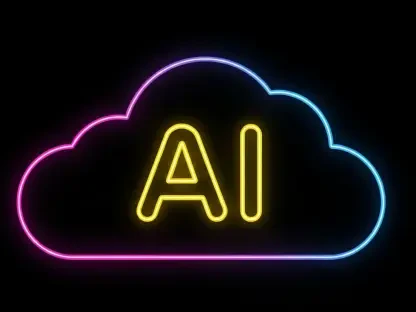Is the promise of generative AI transforming the workplace landscape too optimistic to be believed? Businesses are rapidly adopting AI tools, spurred by reports indicating that a significant portion of companies will fully integrate AI into core operations within the next few years. Imagine a typical workday where an AI system drafts your meeting agendas, writes comprehensive reports, or even designs initial project concepts. Generative AI claims to streamline daily tasks, offering the promise of freeing employees from routine duties. Yet, the question remains: Can it truly deliver this seamless transition?
Why Generative AI Is Worth Discussing
As AI becomes increasingly prevalent in business operations, its implications extend beyond mere technological integration. The push toward AI-driven solutions aligns with pressing issues like enhancing workforce productivity, improving job satisfaction, and fostering innovation. However, the dual nature of AI adoption brings both anticipation and apprehension. Employees and employers alike harbor concerns and hopes about AI’s expanding role, balancing the potential for increased efficiency against fears of redundancy and job displacement.
Challenges That Lie Ahead
The historical shift from developing tailor-made software to adopting pre-packaged application suites was expected to usher in a new era of workplace creativity. Yet many organizations still grapple with entrenched hierarchical structures that stifle innovation. In this landscape, approval processes and resistance to outside innovations often pose obstacles to change. Real-world cases reflect both successes and setbacks in AI adoption, underscoring the variance in outcomes depending on organizational readiness and culture.
Perspectives from Experts and Industry Leaders
Industry experts offer valuable insights into the scalability of AI solutions within different workplace settings. Research consistently highlights AI’s evolving impact on job roles, with certain tasks becoming more automated and new roles emerging. Professionals share transformative anecdotes of AI facilitating significant changes, such as improved decision-making and strategic planning. However, broader challenges persist, illustrating the need for careful consideration of how AI solutions are structured and applied.
Practical Approaches for Effective AI Integration
Businesses aiming to integrate AI can benefit from methodical strategies tailored to their existing frameworks. Effective AI adoption requires addressing organizational resistance through transparent communication and inclusive change management processes. A strategic framework can help balance automation with active employee engagement, ensuring that AI becomes a tool that complements human effort rather than replacing it.
Reflecting on AI’s Future in Business
While the potential for AI to redefine workplaces held promise, many companies also faced real obstacles in transforming that potential into reality. AI adoption often struggled against entrenched structures and required a thoughtful, nuanced approach to integrate the new technologies effectively. As organizations charted paths forward, they considered not only the technological aspects but also how to align AI with their unique cultures and goals. Looking past the surface-level promise, businesses took actionable steps to harness AI’s strengths, fostering an environment where innovation thrived alongside human ingenuity.









